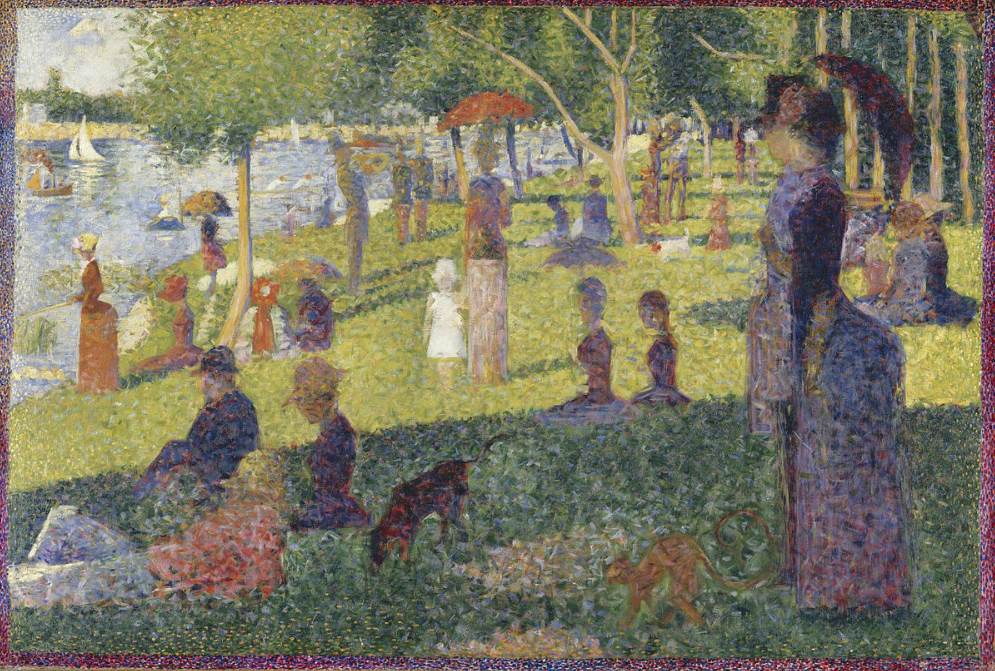What appears to be a relaxing scene of Parisians having a good time on the banks of the River Seine might not be exactly what it looks like.
Georges Seurat (1859-1891) was a revolutionary Post-Impressionist artist who developed the pointillist technique of painting. This remarkable work of art is one of the best examples of this style.
Let’s take a closer look at some of the most interesting facts about A Sunday Afternoon on the Island of La Grande Jatte by Georges Seurat, a valuable painting often just referred to as “A Sunday on La Grande Jatte.”
1. It took a long time to complete the painting in the 1880s
A Sunday Afternoon on the Island of La Grande Jatte is considered to be the ultimate masterpiece of French artist Georges Seurat.
He was one of those artists who took an almost mathematical approach to his paintings, focusing on the perfect optical effects. This meant that he spent quite some time completing his work.
He had joined the French army in 1879 and started his painting studio a year later in 1880 in his native Paris. He started working on this monumental work of art in May 1884 and only completed the first phase in March 1885.
He produced numerous preparatory drawings to fine-tune the landscape and figures and completed the second phase of the work between October 1885 and May 1886.
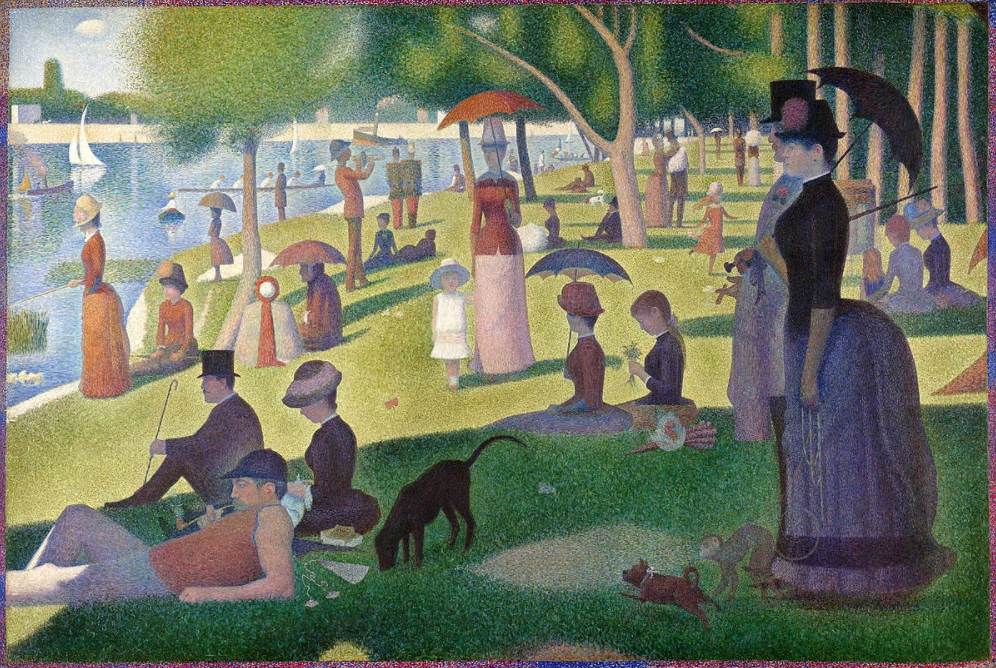
2. It marked the start of a rebellious art movement among the Impressionists
One of the most fascinating facts about A Sunday Afternoon on the Island of La Grande Jatte is that it was initially displayed along with the paintings of the Impressionists in 1886.
The painting technique he developed was referred to as “Divisionism” at the time and he actually preferred this term. Today, it’s known as pointillism and this painting is considered to be the epitome of this style.
Georges Seurat was considered to be the pioneer of the neo-Impressionists and this work is considered to be the start of this branch of Post-Impressionism.
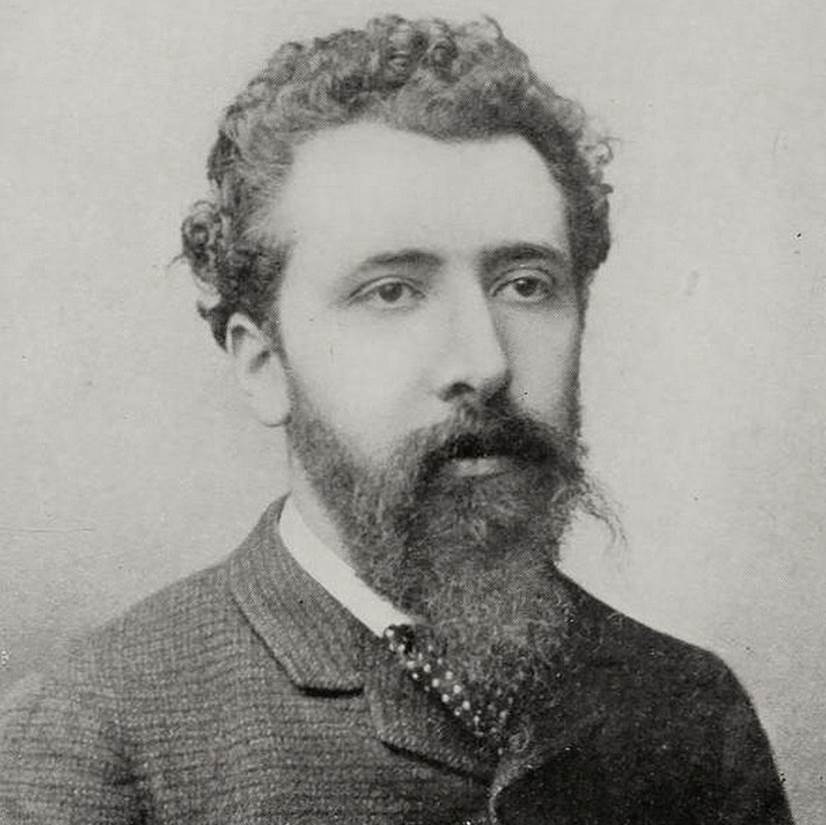
3. It depicts a scene on a large river island northwest of Paris’ city center
The artist was a Parisian native so he knew all the places where people hung out. One of these popular spots on the banks of the River Seine was the Île de la Jatte or the “Island of la Grande Jatte.”
This is a relatively large river island situated just northwest of the historical heart of Paris at a distance of about 7 kilometers (4.34 miles) from the Île de la Cité.
With a length of nearly 2 kilometers (1.24 miles) and a width of nearly 200 meters (656 feet) from its widest point, a lot of people could enjoy a relaxing afternoon here.
Today, the island is inhabited by nearly 4,000 people. Seurat made preparatory drawings on the northwestern tip of the island, a spot that still looks recognizable today.
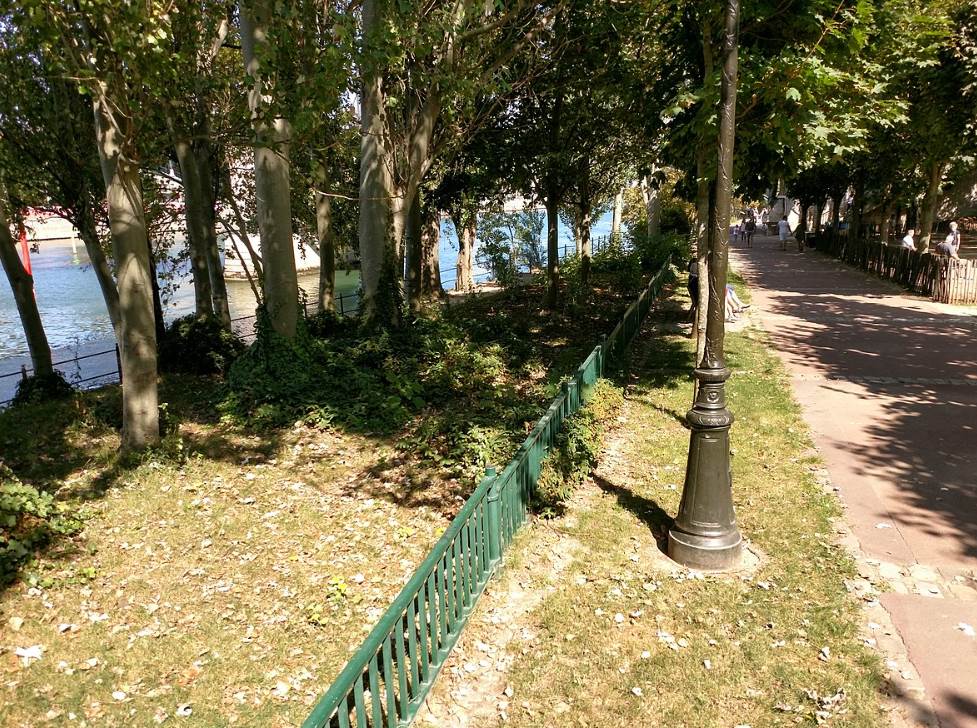
4. Seurat already painted a work that depicts a scene of bathers
A Sunday Afternoon on La Grande Jatte is the second version of a group of people enjoying an afternoon on the banks of the Seine River in Paris. The first painting is called “Bathers at Asnières” (1884) and was completed just before.
Despite the reference to the commune of Asnières, this painting depicts bathers in the commune of Courbevoie. As you surely expected, these two communes are located just north of the Île de la Jatte in northwestern Paris.
Seurat submitted this painting to the parish Salon of 1884 but it was rejected. This wasn’t exactly what conventional art critics and patrons were looking for at the time.
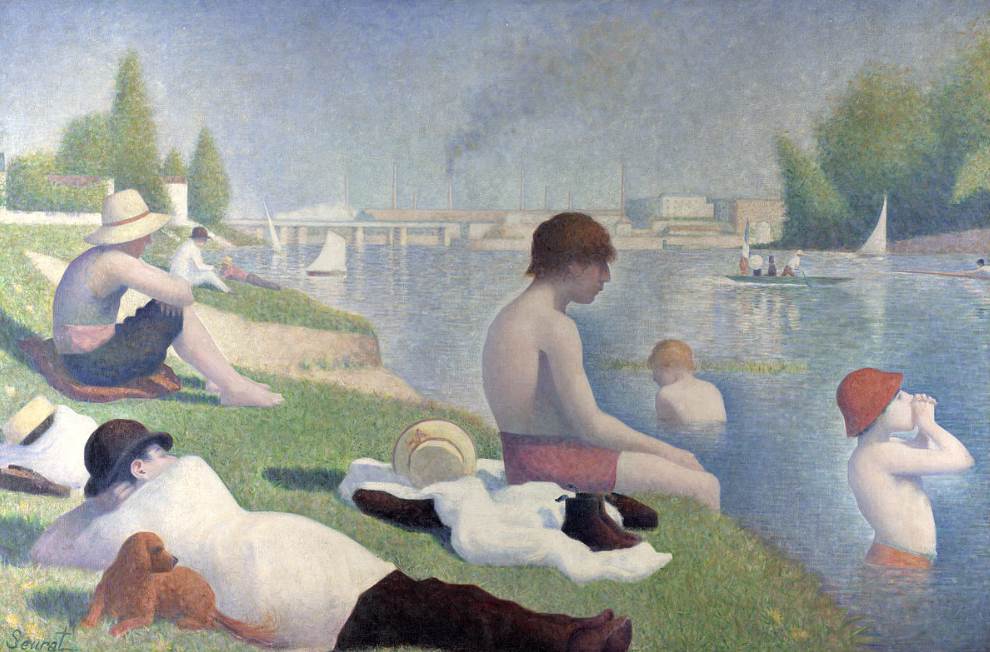
5. The contrast between both works has been interpreted as a political message
When you put both Bathers at Asnières and A Sunday Afternoon at La Grande Jatte next to each other, you’ll realize that both groups of people are facing each other from across the river.
Some art historians have defined this as a political message because Seurat depicted both groups in a very contrasting manner.
The common people at Asnières are brightly illuminated and we can see factories and farms in the background. The people of the Bourgeoisie at La Grande Jatte, on the other hand, are covered in shadows.
The boy in the red hat appears to be shouting across the river as if he’s saying “We are the future. Come and join us!”
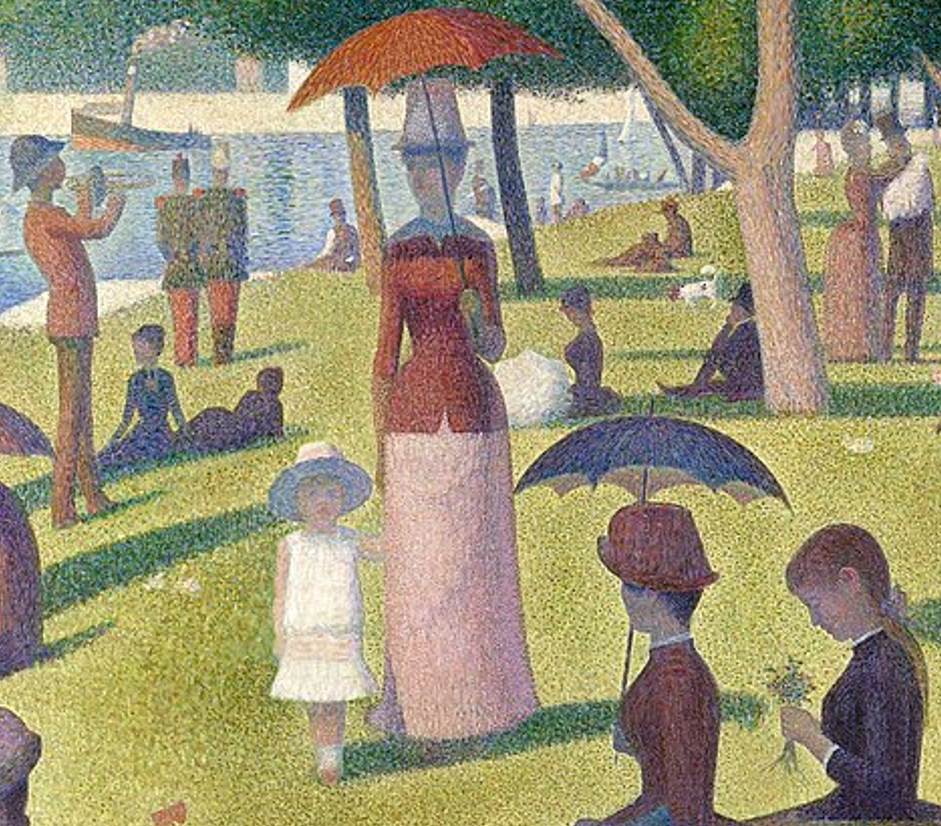
6. The figures were inspired by a famous ancient Greek relief
The artist included several symbolic elements in the painting which can be interpreted as commentaries to the upper class.
The woman in the foreground has a monkey on a leash and we can see a woman fishing in the river. The latter is probably a reference to the fact that this area was used by the rich to procure prostitutes.
A little girl dressed in white is staring directly at the viewer as if she’s saying: “What are these people doing and what is to become of them?”
Despite these peculiarities, the figures in the painting were inspired by those depicted in the Parthenon Frieze. This is a relief that once decorated the interior of the Parthenon in Athens and of which fragments are on display at the Louvre Museum.
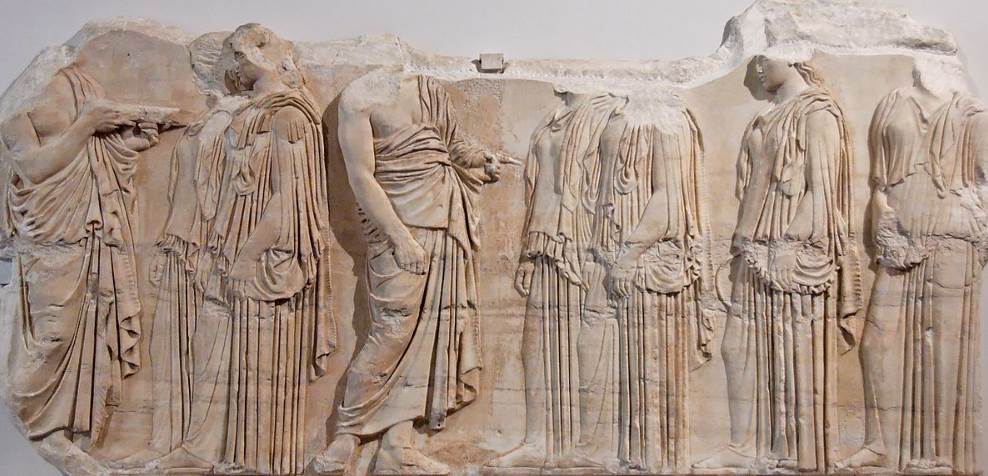
7. The original frame of the work also featured Seurat’s distinctive dots
Seurat was an artist who was very serious about his profession. He believed that his pointillism technique would greatly enhance the color scheme of his paintings compared to regular brushstrokes used by other artists.
To make the dots even more powerful, he also painted the original frame in such a manner.
He ended up covering up this dotted frame with a white wooden frame, which is still how the painting is displayed today.
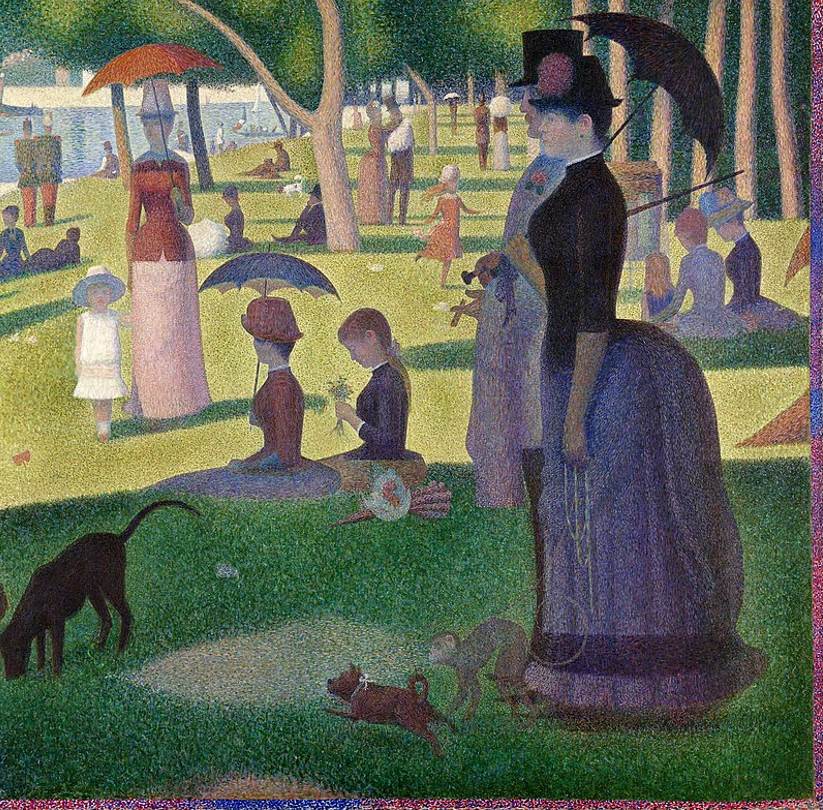
8. You can admire a topiary version of the painting in Columbus, Ohio
The painting has become one of the most iconic works of the 19th century and is considered to be a masterpiece of modern art.
This fame has resulted in the fact that the work has been featured in various forms of media, including magazines and television shows.
One of the most remarkable reproductions of the work can be found in Topiary Park in Columbus, Ohio. An artist named James T. Mason transformed shrubs into the figures depicted in the painting.
This remarkable work of art was completed in 1989 and the result is pretty amazing.
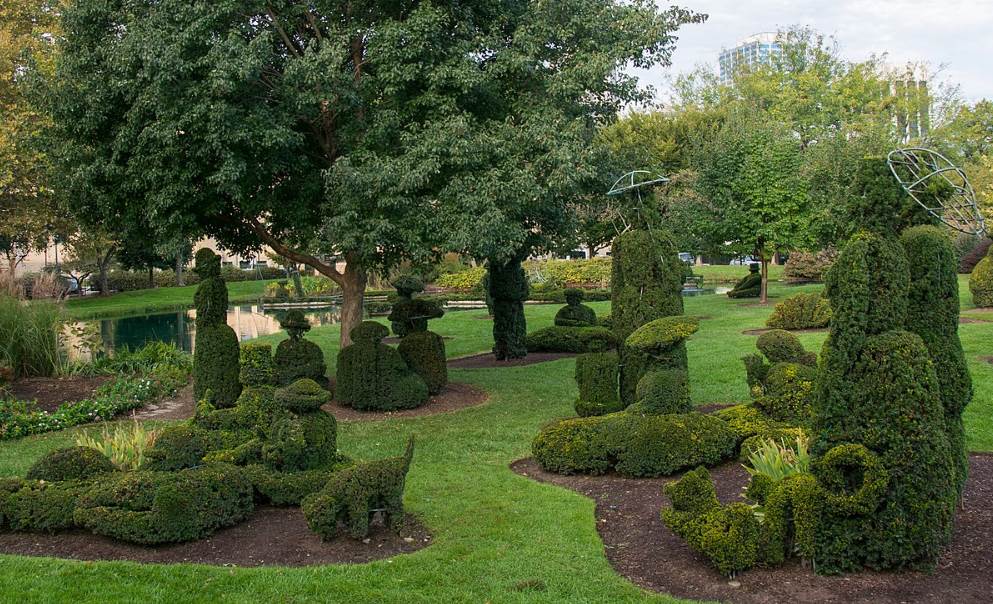
9. Seurat painted a reactionary work to his masterpiece
The initial responses to his work weren’t very flattering, especially not among conventional art critics. They deemed the pointillist technique too cold and unable to depict things as they are.
To counter the criticism, Seurat painted a work called “Models” which he completed between 1886 and 1888. This painting depicts a nude model in 3 different positions and was the artist’s attempt to respond to the critics.
This painting is currently in the collection of the Barnes Foundation in Philadelphia.
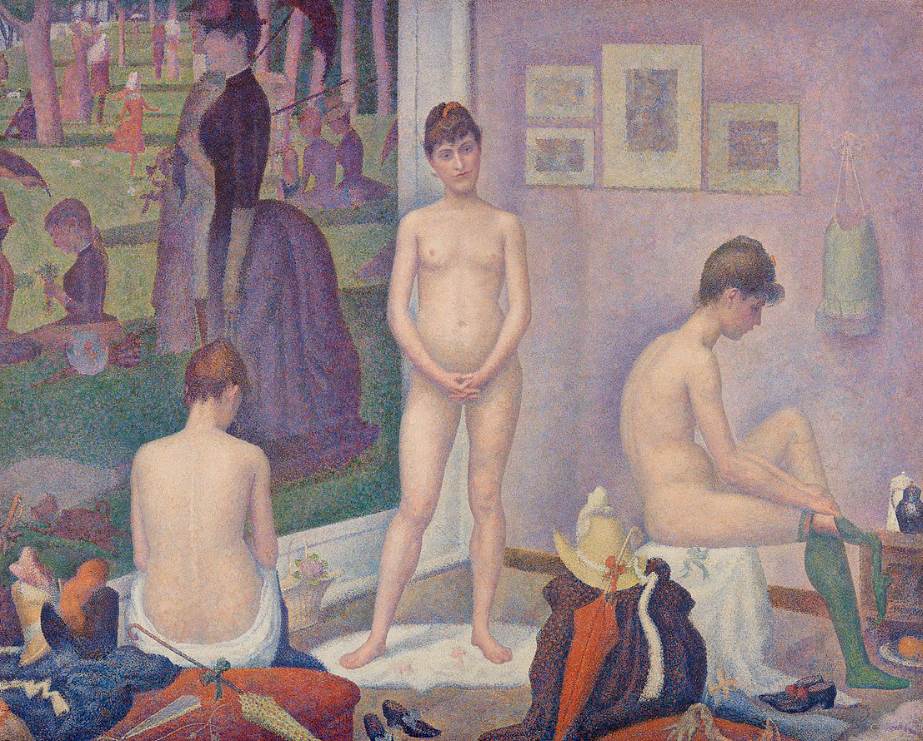
10. How big is A Sunday on La Grande Jatte by Georges Seurat?
Both Bathers at Ansières and A Sunday Afternoon at La Grande Jatte are monumental works of art, a notion that explains why it took so long for the artist to complete them.
The first work he completed has dimensions of 201 × 301 centimeters (79 × 118 inches) and A Sunday on La Grande Jatte is slightly bigger with dimensions of 207.6 × 308 centimeters (81.7 × 121.25 inches).
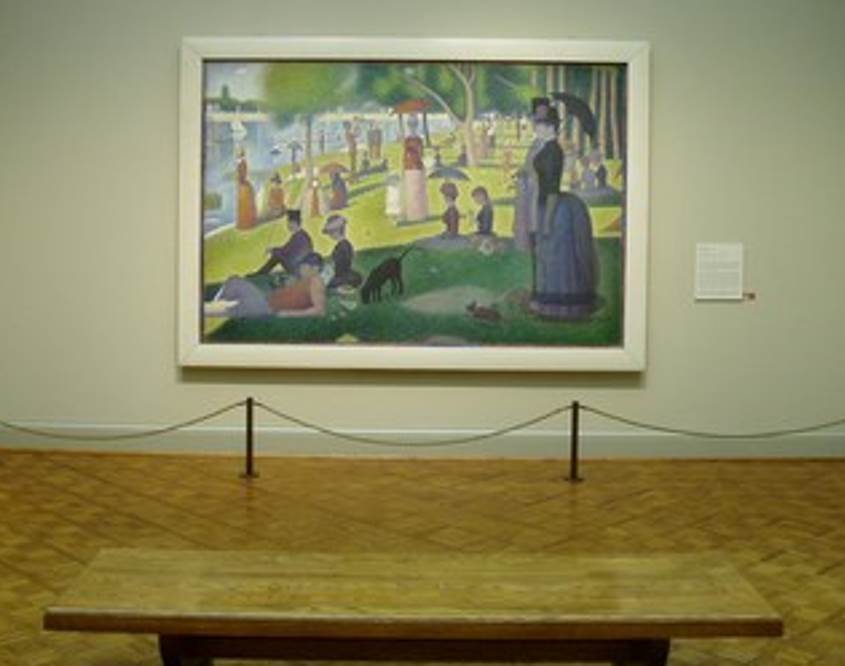
11. Where is the painting located today?
The painting was owned by an American artist and art collector named Frederic Clay Bartlett and his wife Helen Birch Bartlett.
They loaned the painting to the Art Institute of Chicago in the early 1920s and the management of the museum was so impressed by this masterpiece of modern art that they decided to purchase it.
They paid the handsome sum of $24,000 for the painting in 1924, the equivalent of well over $350,000 today.
Today, the painting is still in the collection of the Art Institute of Chicago so you can admire the work in the most popular museum in the city.

12. There’s a smaller version of the painting as well
If you’re not able to make it to Chicago but happen to be in New York City, then you can admire a smaller version of the painting as well.
One of the studies of A Sunday Afternoon at La Grande Jatte is part of the collection of the Metropolitan Museum of Art in NYC.
This painting has dimensions of 70.5 x 104.1 centimeters (27.7 x 40.9 inches) and doesn’t yet feature his pointillism technique but rather small interconnected brushstrokes.
